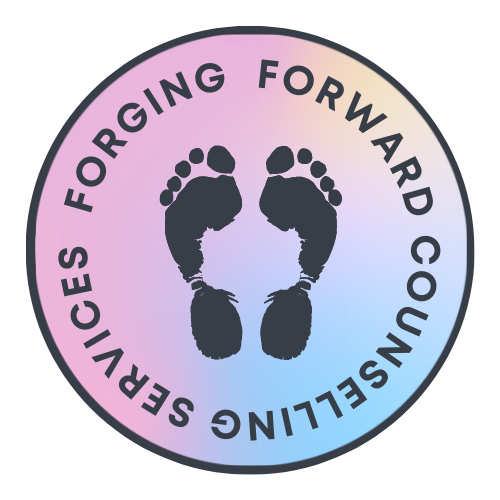-
Eye Movement Desensitization and Reprocessing (EMDR) Therapy
It is an interactive psychotherapy technique used to relieve psychological stress; depression, anxiety, phobias, addictions, nightmares, grief, divorce, bullying, abuse and a multitude of other life traumas.
These beliefs subconsciously hold self-limitations based on unhappy experiences in our past as well as feeling a need to be perfect or being unworthy of love.
It is an effective treatment for trauma and post-traumatic stress disorder (PTSD). It is a valuable tool that has helped countless people remove the effects of trauma from their lives. This eight-stage process targets the client’s beliefs about his/her past, present and future, and the negative experiences that over shadows them. EMDR treatment helps to take the power away from these negative beliefs, showing you that they are merely an interpretation of an event, and that other more valid and positive interpretations are available.
EMDR therapy takes a different approach from that of talk therapy, and issues that patients have tried to talk through for years may be resolved in only a handful of sessions. You also don’t have to divulge every detail of your memories in EMDR, which is very helpful if you have trouble vocalising.
EMDR uses a natural function of the body, Rapid Eye Movement (REM), as its basis. The human mind uses REM during sleep time to help it process daily emotional experiences. During EMDR session the brain processes troubling images and feelings, identifying a resolution of the issue can be achieved. It is believed that EMDR works because the “bilateral stimulation” by-passes the area of the brain that has become stuck due to the trauma and is preventing the left side of the brain from self-soothing the right side of the brain.
EMDR treatment is valuable for everybody, not just people who are consciously suffering. Transforming negative beliefs can improve your relationships, work performance, creativity, health, and more. By quieting the voice that says “I can’t” or “why bother”, you unlock your true potential.
Once therapist and client have agreed that EMDR is appropriate for a specific problem. The client and therapist will complete the client history form to identify the type of problem, life circumstances, and the amount of previous trauma will determine how many treatment sessions are necessary. Every treatment plan is unique to the client’s needs. Each session normally lasts for about 60 to 90 minutes. Therapists who use EMDR often assign homework to help maintain progress between sessions.
